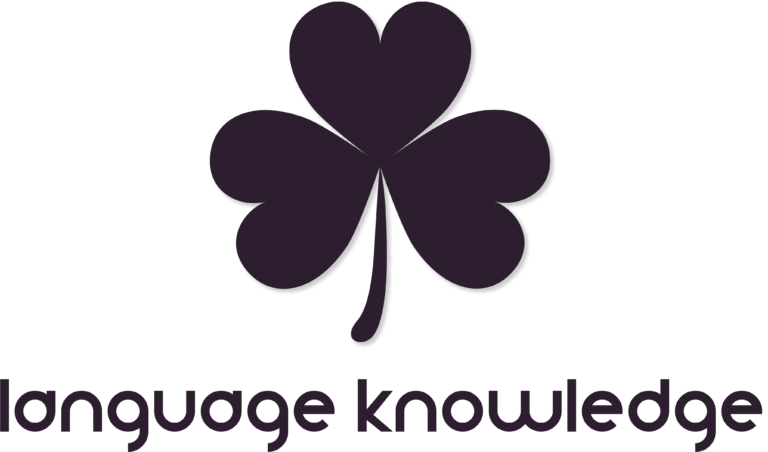Written by: Editor | Updated on: June 1, 2020 | Published on: July 6, 2017
Present Progressive Tense
Present Progressive Tense
Language Knowledge / English / Grammar / Present Progressive Tense
Anzeige
Present Progressive Tense: Usage
In fact, the “present progressive” is used to describe an action that is happening at that moment.
In addition, the present progressive is used to describe an action. However, in this case, this action is performed over a long period of time, where the person does not have to perform this action consistently.
? Present Progressive formation
to be + Infinitive + „-ing“
Thus, the formation of the “present progressive” is not really difficult. First, you need only the appropriate form of “to be” (I am, he she it is and you we are). Finally you hang a “-ing” at the end of the verb. Now you just have to keep the English word order and you will get a perfect sentence in the “present progressive”.
to be + not + Infinitive + „-ing“
Accordingly, the negation of a sentence is not much tedious either. Because the “to be” form only has to be negated, that is “am” will be “am not”, “are” will be “are not” and “is” will be “is not”.
Irregular:
Basically, there is no irregularity, except that you must always watch what you write, since almost everyone has a different “to be” form.
Anzeige
‼️ What you have to consider in the present tense in English
The most important rule:
In any case, you should know the “to be” form in and out, since everything is about these forms in the “present progressive”.
- I am
- You are
- He, she, it is
- we are
- you are
- they are
Spelling rules to “-ing” formation:
Particularly, making verbs with ing at the end is very simple. However, there are few points to consider:
1. For verbs ending in “-e”:
The “-e” goes away:
- Give becomes giving
2. Verbs ending in “-er”, “-ur”, “-ir”:
The final consonant is doubled:
- Occurs to occurring
3. Monosyllabic verbs ending on a stressed consonant:
As with the second rule, the last consonant is doubled here:
- Get becomes getting
- Swim becomes swimming
- Fit becomes fitting
4. Verbs ending in “-ie”:
For this purpose, the “-ie” is replaced by a “-y” in the formation:
- Lie becomes lying
Don’t get it twisted:
Important: “Is not” is synonymous with “isn’t” and “are not” is synonymous with “aren’t”.
Anzeige
2️⃣ Present Progressive examples
Normal sentence in the simple present tense
I am learning.
A negative sentence in the simple present tense
I am not learning. (or) I’m not learning.
A question sentence in the simple present tense
Am I learning?
? Signalwords
- At the Moment
- Just
- Right now
- Look
- Listen
- Now
You read: Present Progressive | Present Progressive












